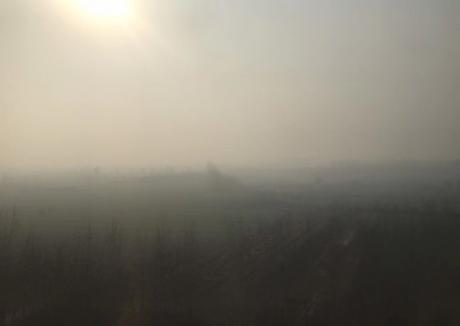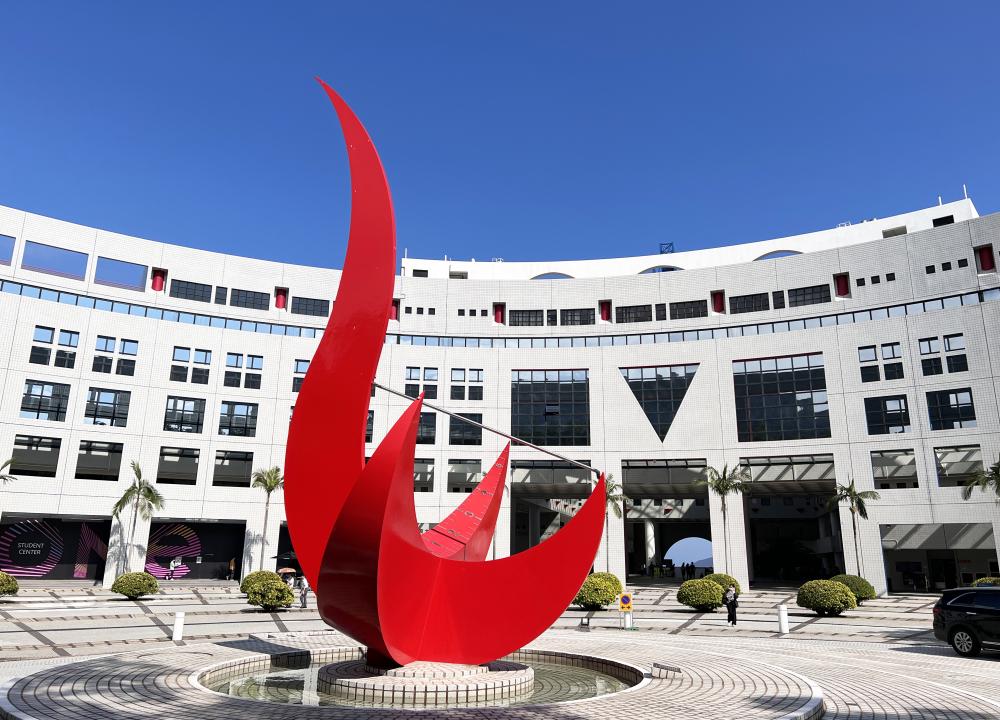HKUST Researchers Find Wearing Face Masks May Reduce Cancer Risks Associated with Airborne Carcinogens
Researchers from the Hong Kong University of Science and Technology (HKUST) have recently proved that apart from protecting us from inhaling respiratory droplets that contain pathogens, surgical masks are also effective in blocking airborne carcinogens, reducing cancer risks such as lung cancer and leukemia.
The team, led by Associate Prof. Wan CHAN and Prof. Jianzhen YU from the Department of Chemistry and Division of Environment and Sustainability at HKUST, found that in addition to virus-carrying droplets, face masks could also efficiently trap a wide range of Polycyclic Aromatic Hydrocarbons (PAHs) compounds, including its most toxic forms, in ambient air.
While the cancer-causing PAHs – sized three-ring or above, could be 8,000 times smaller than the respiratory droplets produced by sneezing[1], the team found that ASTM Level 1 face masks with a BFE (bacteria filtration efficiency) of ≥ 95% can block up to 70% of the compounds. The filtration rate further jumps to almost 75% with ASTM Level 2 or Level 3 masks with BFE of ≥ 98%, indicating that wearing a face mask could potentially reduce cancer risks associated with such airborne carcinogens by up to 70%.
PAHs are generated by combustion processes, such as vehicle emission, cigarette burning, and incense burning, and are ubiquitous in the atmosphere. Inhalation exposure to PAHs has been proven by years of scientific research to have close ties with the development of lung cancer and leukemia. It is crucial to monitor personal exposure to ambient PAHs for cancer risk assessment and management.
For years, researchers monitor airborne PAHs through the standard testing method (NIOSH 5506) recommended by the National Institute for Occupational Safety and Health, which requires special tools for the collection of ambient PAH samples. Now, the HKUST team samples through individual’s nonwoven fabric mask. With a comparable accuracy in test results, the new sampling method is more convenient than the traditional way, saving time for instrumental set up and most importantly, allows personal tracking down to individual’s exposure to PAH, offering valuable information to personal health management and turning every single mask wearer into a mobile sample collector. The data collected could also be used to analyse specific sectors’ or occupations’ exposure to PAHs, helping the government and different industries to implement relevant measures for occupational safety and public health.
“Besides protecting us from airborne pathogens, surgical masks can reduce our exposure to cancer-causing PAHs. The detection method developed by us can be used to conduct a more targeted and systematic assessment of the PAHs content inhaled by individuals and in the atmospheric environment,” Prof. Chan said. “We hope that the application of face masks can be extended to monitor other non-polar air pollutants, such as Toluene, which is commonly used in the manufacturing of paint and dye.”
“Our research is the first in demonstrating the quantitative sampling of air pollutants with an ordinary face mask. The novel use of ordinary masks as personal dosimeters has great potential in advancing our ability in tracking personal exposure to various airborne pollutants.” Prof. Yu said.
The findings were recently published in scientific journal Environmental Science & Technology.
[1] https://www.ncbi.nlm.nih.gov/books/NBK143281/
For media enquiries, please contact:
Anita Lam
Tel: 2358 6313
Email: anitalam@ust.hk
Johnny Tam
Tel: 2358 8556
Email: johnnytam@ust.hk










